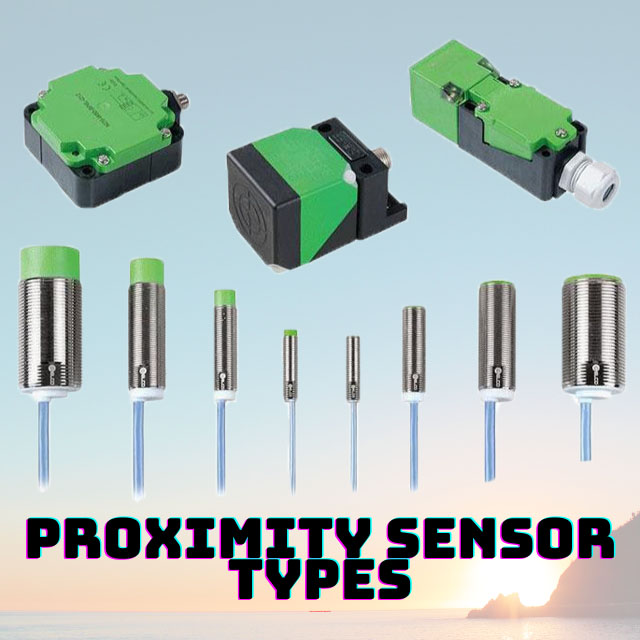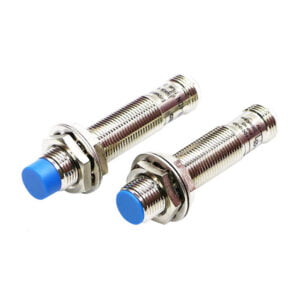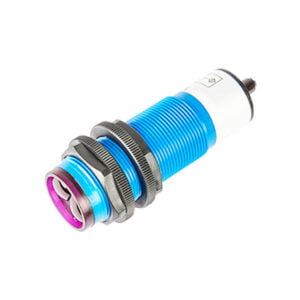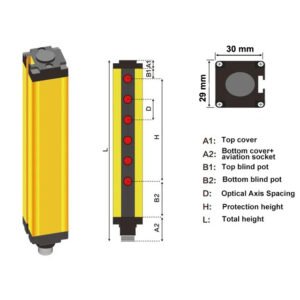Sensores de proximidad son ampliamente utilizados en la automatización industrial y en nuestra vida cotidiana, pero ¿sabe cuántos tipos de sensores de proximidad existen en el mundo? En el artículo de hoy, le daremos una explicación exhaustiva de los tipos de sensores de proximidad, qué son, etc. ¡Empecemos a aprender ya!
Descripción del sensor de proximidad
Un hecho interesante es que cuando descuelgas el teléfono para responder a una llamada, la pantalla se apaga automáticamente. Esto es muy común, pero ¿sabes por qué? Porque debajo de la pantalla hay un sensor de proximidad que controla el cierre o la apertura de la pantalla. Una vez que el sensor de proximidad detecta tu oreja u otra parte del cuerpo dentro de su rango de detección, activa una acción específica. En este caso, basta con apagar la pantalla.
En definitiva, el detector de proximidad es un interruptor sin contacto. Cuando un objeto se encuentra dentro de su rango de detección, no se requiere presión para que el interruptor funcione.
Tipos de sensores de proximidad
Según las diferencias de principio de funcionamiento, existen 7 tipos de sensores de proximidad, que son:
- Sensor de proximidad por infrarrojos: El principio de funcionamiento del sensor de proximidad por infrarrojos es utilizar el principio de reflexión difusa de la luz infrarroja para detectar objetos. Puede lograr la detección sin contacto con el objeto que se está midiendo. El sensor de infrarrojos más común es el interruptor de inducción del cuerpo humano, que se puede utilizar en puertas automáticas como hoteles, restaurantes y garajes.

- Sensor láser de proximidad:Un detector de proximidad láser es un sensor que utiliza un rayo láser para detectar la distancia de un objeto. Su principio de funcionamiento se basa en la emisión y recepción de rayos láser. Cuando un objeto bloquea el haz láser, el circuito de salida se cierra o se abre en consecuencia.

- Sensor de proximidad Hall: Los objetos detectados por los detectores de proximidad Hall son objetos magnéticos. El principio es que cuando una sustancia magnética se acerca al interruptor, el elemento hall interno genera la efecto hall, haciendo que cambie el estado del circuito interno del interruptor, identificando así si hay objetos magnéticos alrededor y controlando así el cierre o la apertura del circuito de salida.
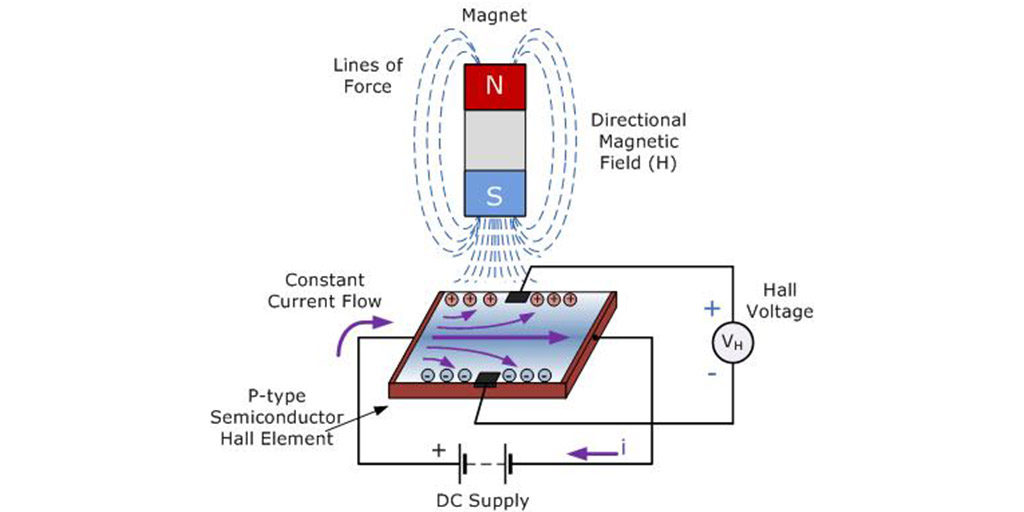
- Detector fotoeléctrico de proximidad: Los sensores fotoeléctricos utilizan rayos infrarrojos, o luz, para detectar objetivos. Ya se trate de un sensor fotoeléctrico difuso, un sensor fotoeléctrico retrorreflectante o un sensor fotoeléctrico de haz pasante, el sensor se compone de un emisor y un receptor. Al igual que el sensor de proximidad capacitivo que se describe a continuación, el sensor fotoeléctrico puede detectar cualquier material sin contacto.

- Sensor de proximidad capacitivo: El objeto de detección del interruptor de proximidad capacitivo puede ser cualquier sustancia, como aislantes y no aislantes. Sin embargo, la distancia de detección será diferente para objetos con diferentes constantes dieléctricas. Sabemos que las constantes dieléctricas del agua y el metal son mayores que las de la madera o los productos plásticos, por lo que los sensores capacitivos tienen una alta sensibilidad de detección para el agua y el metal. El principio de funcionamiento de este sensor consiste en detectar objetos detectando los cambios de capacitancia entre el sensor y el objeto.
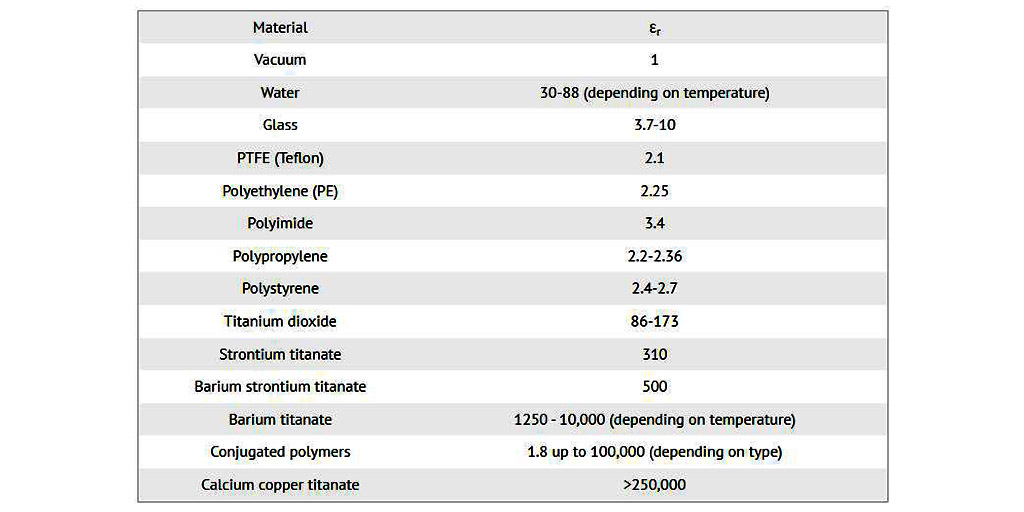
Datos por cortesía: https://eepower.com/capacitor-guide/fundamentals/dielectric-materials/#
- Sensor de proximidad inductivo: Los sensores inductivos detectan sustancias metálicas conductoras. El principio es utilizar la reacción de los objetos conductores al encontrarse con corrientes de Foucault para afectar a los cambios en los parámetros del circuito, identificando así si los objetos se acercan o se alejan, y controlando entonces el encendido o apagado del interruptor.

- Sensor de proximidad ultrasónico: Los sensores de proximidad ultrasónicos utilizan principalmente el eco de las ondas sonoras para detectar la distancia y la posición. Cuando el transmisor de ondas acústicas emite ondas acústicas, éstas se hacen eco tras encontrar un objeto. El receptor recibe el eco y emite las señales de distancia y posición del objeto mediante cálculo para lograr un control automático. . Se caracteriza por un amplio rango de medición y una alta sensibilidad, pero se ve afectado fácilmente por la temperatura y la humedad.

Conclusión
Estudiando el contenido anterior, ahora sabemos claramente que existen 7 tipos de sensores de proximidad, a saber, infrarrojos, láser, hall, fotoeléctricos, capacitivos, inductivos y ultrasónicos.
Lorentzzi, como uno de los principales fabricantes de sensores en China, es capaz de producir todos estos productos con la mejor calidad. Por favor Contacte con nosotros con sus preguntas para obtener nuestro último presupuesto.

